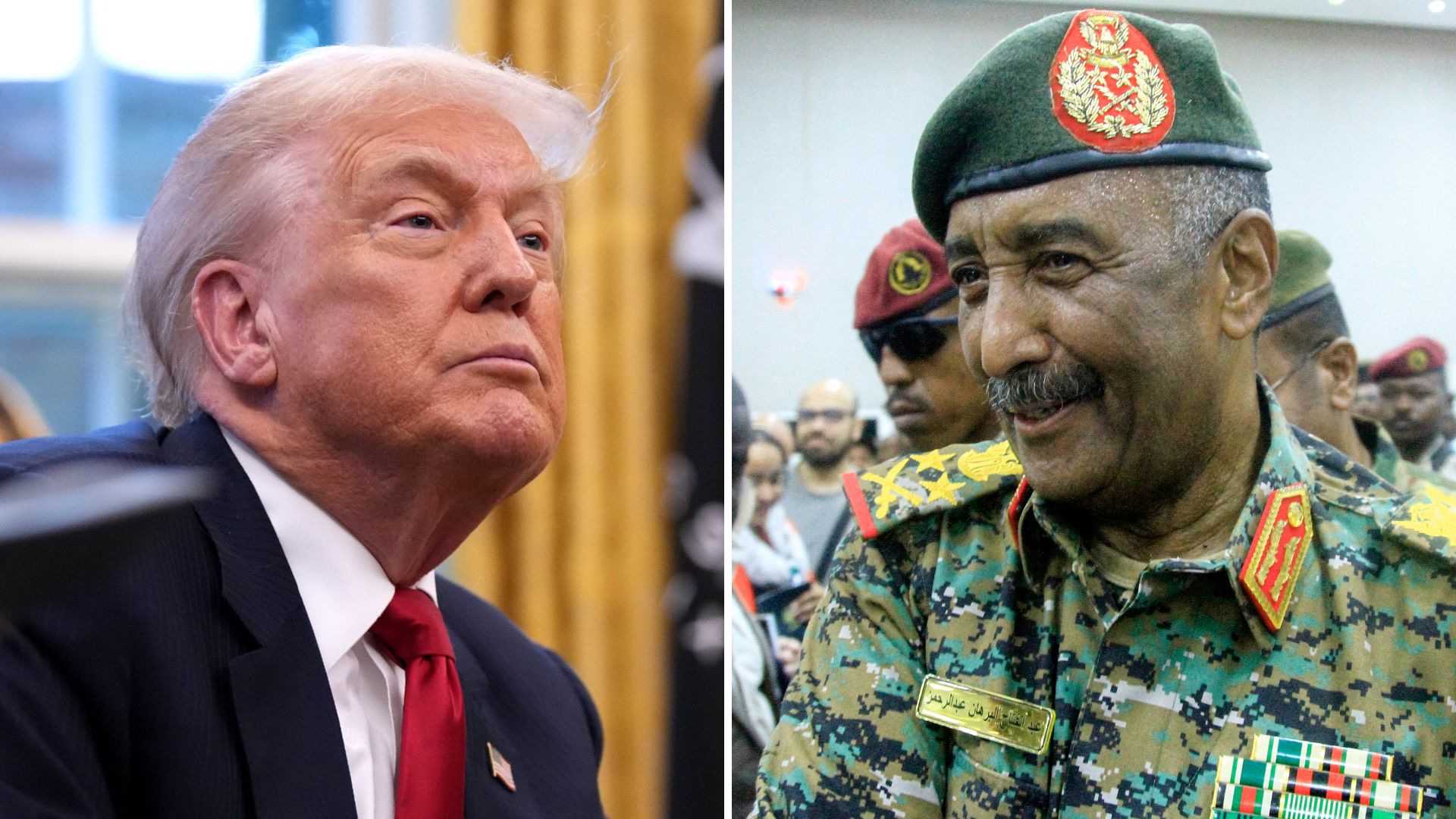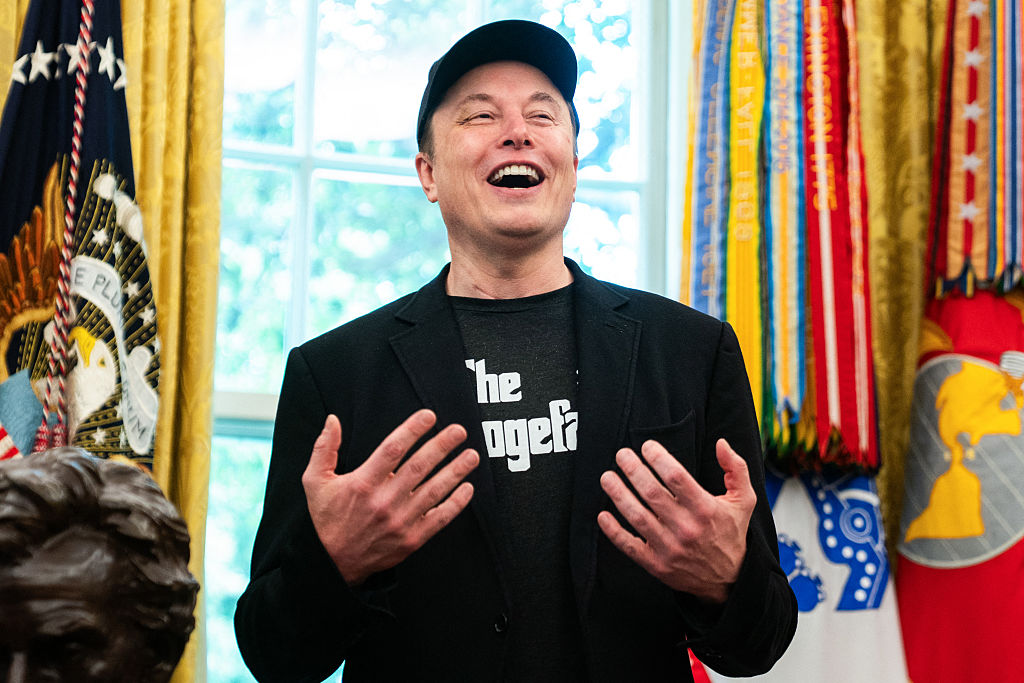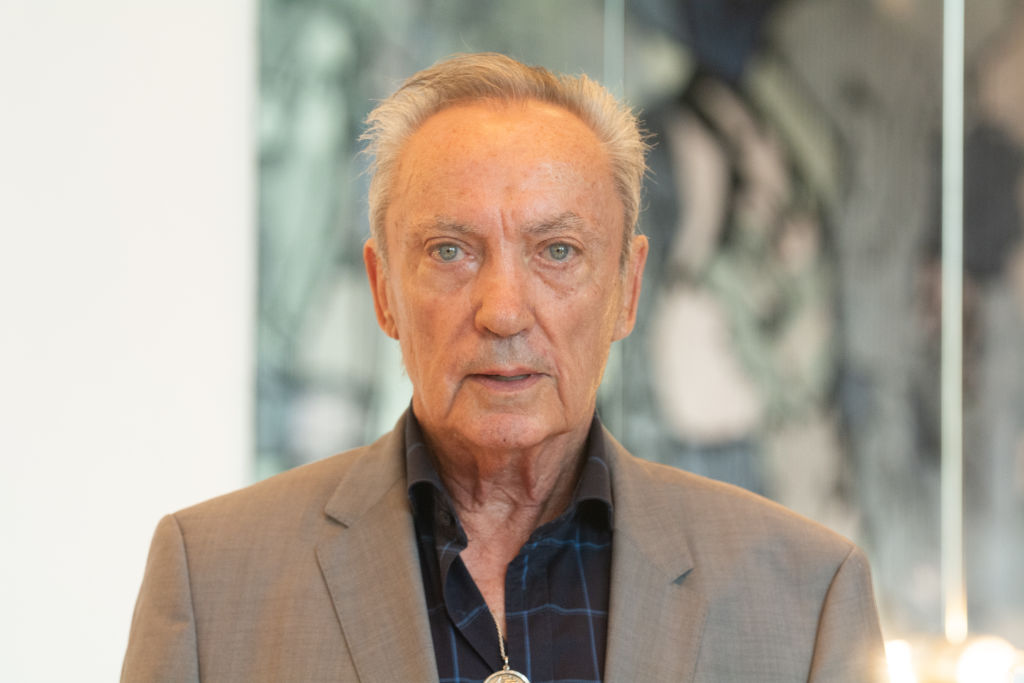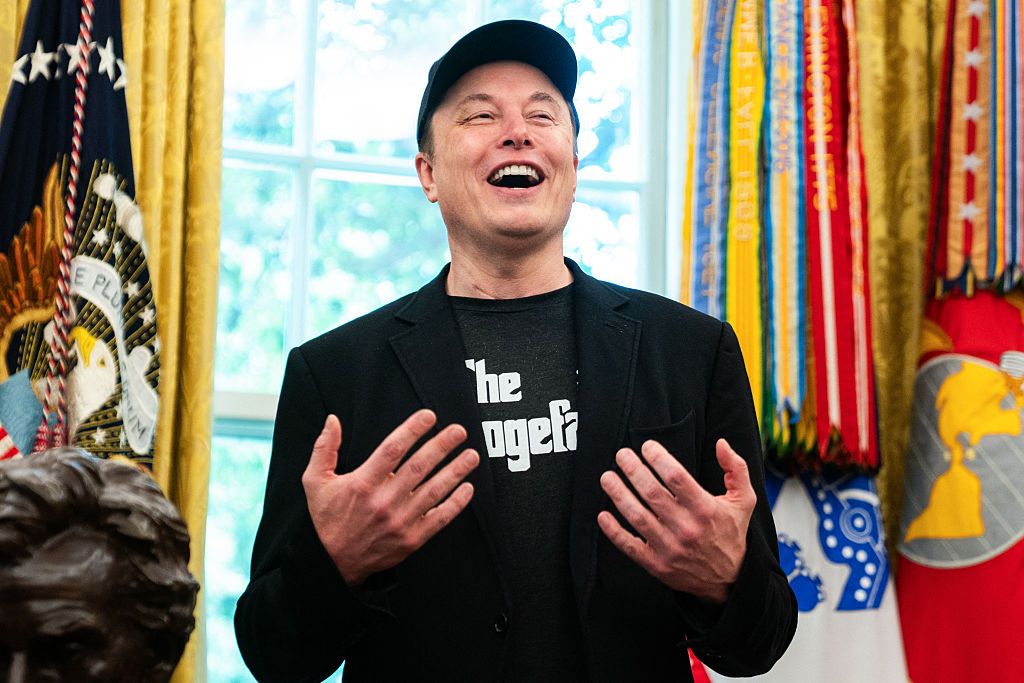
RFK Jr. cuts 10,000 jobs, closes half of HHS regional offices and creates a new agency called ‘Administration for a Healthy America’. This major announcement includes the elimination of 10,000 positions and the closure of five of its ten regional offices.
A plan

Robert F. Kennedy Jr., designated by Trump to lead the Department of Health and Human Services (HHS), announced a major reorganization plan for the agency.
10,000 jobs

This major announcement includes the elimination of 10,000 jobs and the closure of five of its ten regional offices.
10,000 jobs

RFK Jr. reveals that the country’s health agencies will eliminate 10,000 additional positions among their 82,000 employees.
Since the beginning

The 10,000 eliminated jobs add to numerous other announcements of reductions and paid voluntary departures made since the beginning of Trump’s presidency.
20,000

In total, that is equivalent to around 20,000 jobs lost since the Trump administration came to power.
25% of the total staff

These substantial reductions within HHS represent nearly 25% of the total staff, or one in four federal jobs, and will save $1.8 billion per year, according to RFK Jr.
A New Agency

Kennedy wants to create a new agency called ‘Administration for a Healthy America’ (AHA) in order to centralize certain functions of HHS, which will merge 28 branches of this department into 15 new divisions.
FDA

As part of this major overhaul, 3,500 full-time employees of the Food and Drug Administration (FDA) will be cut.
Medicare & Medicaid

These cuts will also affect the Centers for Medicare & Medicaid Services, which will lose about 300 employees.
The CDC

As for the Centers for Disease Control and Prevention (CDC), 2,400 positions will be eliminated.
NIH

The National Institutes of Health (NIH) are also part of these significant reductions, with the elimination of 1,200 positions. These various reductions across different departments will likely have a notable impact on services to the population, access to healthcare, research, as well as on Medicare and Medicaid beneficiaries, including people aged 65 and over, low-income families, people with disabilities, and children.









